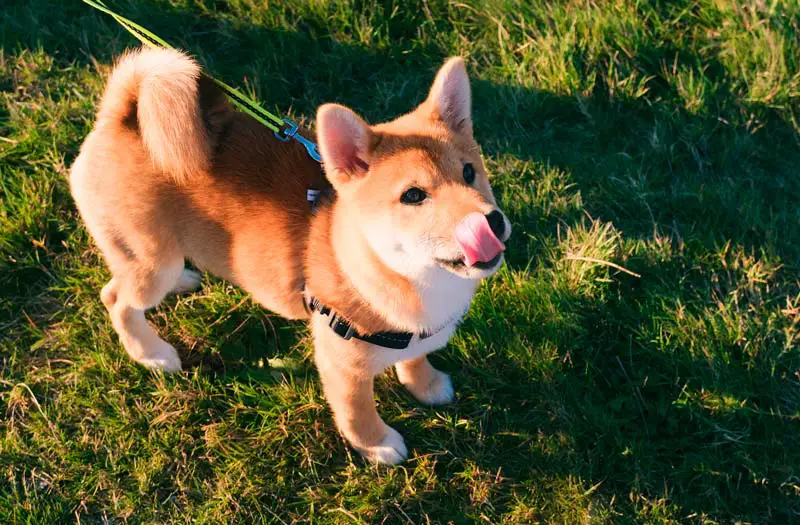How To Start Leash Training Your Puppy

The right age to train your puppy
When it comes to training your puppy at the right age, you must hit the sweet spot. Anything above the recommended age will be a stressful situation for both you and your pet. On the contrary, if you start too early, then your puppy will be confused and scared. When your puppy is approximately between the age of 8 to 10 weeks, you should start the training right away.
Choosing The Perfect Collar
Do not get all excited and buy a premium collar for your puppy at this age because dogs grow fast, and your puppy will most definitely need a larger collar after a few months. So an inexpensive collar where you can fit two fingers, ideally flat and made from nylon, should be apt for now. Also, give your puppy some time to get used to the collar if they start resisting it at first.
Length Of The Leash
We suggest buying a 6-foot length leash made from nylon, this will be light-weight, and your puppy will have enough room to roam around without you losing control. If your puppy is slightly towards the larger side, then a heavy leather leash should suffice. Don’t give in to the urge of having a retractable leash; focus on not letting your pup drag, pull or surge ahead in the beginning stage.
Teaching Cues
In psychology, the term conditioning refers to the phenomenon of having someone respond to cues for the reward. Ivan Pavlov performed an interesting experiment on a ‘salivating dog’ that you might want to check out. However, in simple words, introduce your dog to a particular sound, and whenever they respond to it, reward them with a treat. You will notice how your dog becomes attentive every time in a few days you make that sound. Suppose you manage to do this, congratulations! You’ve successfully taught your dog to react to cues.
Training Options
Training your puppy outside your house or in a park is not the best way to get started. Public places have too many distractions, but you need a quiet place so your dog can focus on you. Apart from that, there are also other dogs in parks and other areas, so you’ll be putting your puppy’s security at risk. In our humble opinion, you should train your puppy inside your house, which solves both issues at once.
Training Tools
Training tools are essential for large breed puppies. If your dog keeps tugging and pulls you down the street, then get a no-pull harness to avoid this. Such tools are made especially for a strong, large breed, and hard-headed puppy. The leash mechanism effectively trains the dogs that love to tug and drag, so if you’ve got a Hercules puppy, don’t skip on this one.
Let Your Puppy Come To You
Whenever your puppy approaches you while wearing a leash and collar, back up a few steps and reward them with treats or appreciation for coming towards you. Keep doing this until your puppy gets the hang of cue and walks towards you every time you use it. Try not to mentally exhaust your puppy because they have a short attention span, so only use it when your puppy is excited, and eventually, it will become second nature to them.











